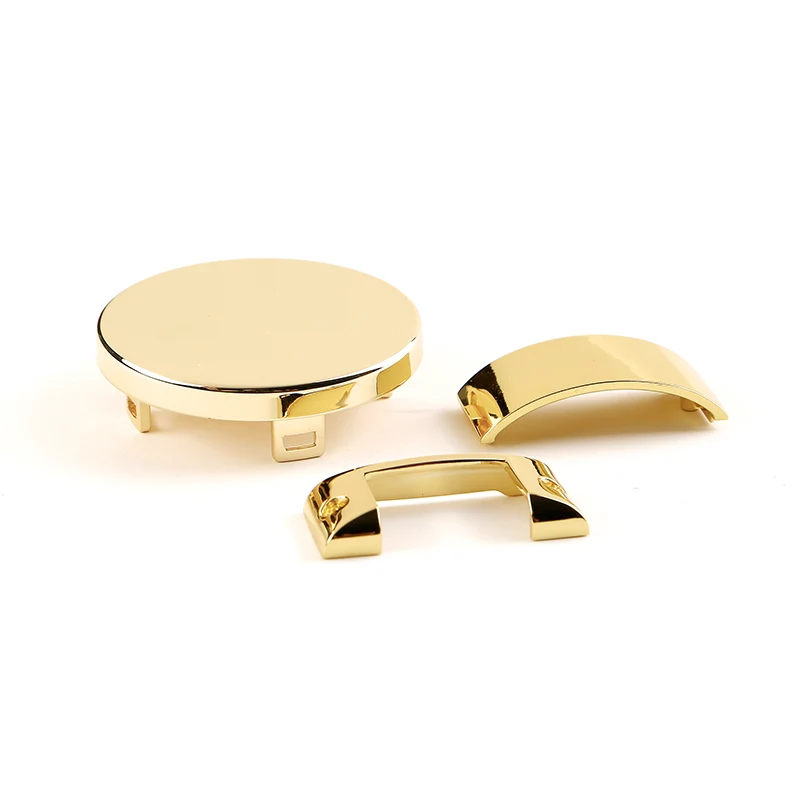Die Casting Design: Tips for Optimizing Performance and Efficiency
2024-12-06
Introduction
Die casting is a powerful manufacturing process, but its success depends heavily on effective design. Proper planning and execution of die designs ensure better performance, reduced production costs, and improved product quality. In this blog, we’ll explore essential tips and considerations for optimizing die casting design.
1. Understand Material Properties
Each metal alloy used in die casting has unique properties that influence design decisions:
- Aluminum: Lightweight, corrosion-resistant, and ideal for structural components.
- Zinc: Excellent for intricate details and thin walls.
- Magnesium: Lightweight yet strong, perfect for reducing overall product weight.
Tip: Choose an alloy that balances strength, weight, and cost for your application.

2. Optimize Wall Thickness
- Uniformity: Maintain consistent wall thickness to prevent defects like warping or porosity.
- Thin Walls: Die casting allows for thin walls, but avoid going too thin to maintain structural integrity.
Example: A uniform thickness of 1-3 mm is standard for aluminum die casting.
3. Include Draft Angles
Draft angles facilitate easy removal of the cast part from the die:
- Standard draft angles range from 1° to 3°, depending on the material and complexity.
- Insufficient draft can lead to part sticking, increasing cycle times.
4. Design for Cooling Efficiency
Rapid cooling is critical for die casting:
- Incorporate cooling channels in the die design to evenly distribute temperature.
- Avoid sharp corners or thick sections that may cause uneven cooling and stress.
5. Incorporate Ribs and Fillets
- Ribs: Add strength without increasing wall thickness.
- Fillets: Replace sharp corners with rounded edges to reduce stress concentration and improve metal flow.
6. Plan for Ejector Pins and Gates
- Position ejector pins to avoid visible marks on aesthetic surfaces.
- Design gates (metal entry points) to ensure smooth metal flow without turbulence.
7. Minimize Secondary Operations
Incorporate features like threads, holes, or logos directly into the die to reduce machining and finishing processes. This saves time and costs while improving part accuracy.
8. Test and Validate
Use simulation software to analyze metal flow, cooling patterns, and stress points in the design phase. This minimizes errors and ensures optimal die performance before production begins.
Conclusion
A well-designed die casting process is a blend of science and creativity. By considering material properties, wall thickness, cooling efficiency, and other key factors, manufacturers can achieve superior results while minimizing waste and costs. In a competitive market, the right design can be the difference between success and failure.
Die casting design is not just about functionality—it’s about innovation.


